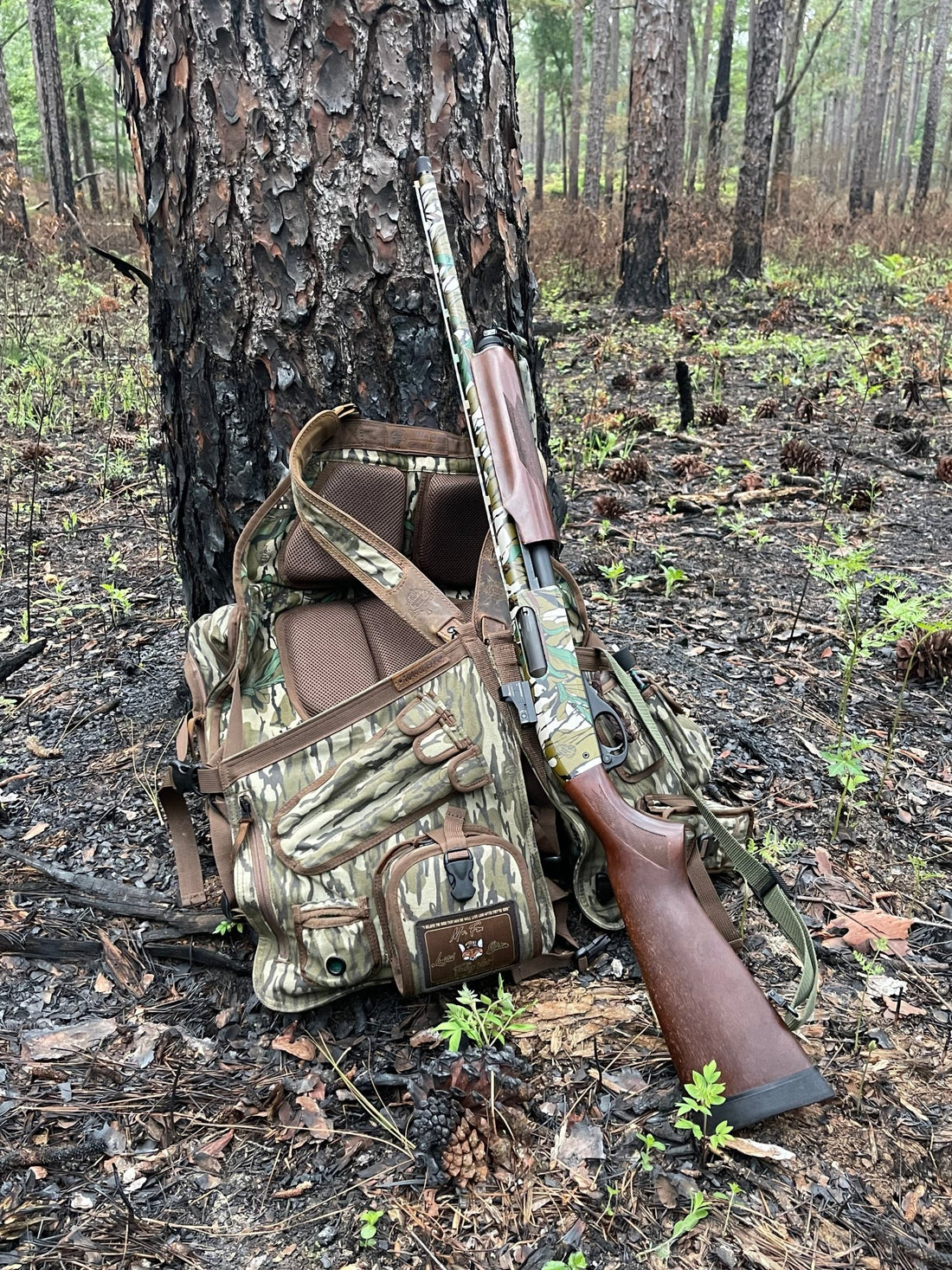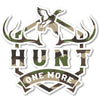
The Ultimate Turkey Hunting Checklist: Gear, Tactics, and Preparation
Introduction
There’s nothing like the anticipation of opening day of turkey season—the crisp morning air, the sound of gobblers waking up the woods, and the adrenaline rush of calling in that big tom. Whether you're a seasoned veteran or stepping into the turkey woods for the first time, proper preparation can make all the difference between success and going home empty-handed. This checklist covers everything you need to ensure you're ready when that first gobble breaks the silence.
1. Essential Gear for Opening Day
Having the right gear can make or break your hunt. You don’t want to be fumbling with calls or realizing you forgot your tags when the perfect bird presents itself. Here’s a quick rundown of the essentials. A 12 or 20-gauge shotgun paired with quality turkey loads is a must. Pattern your gun beforehand to know your effective range. Check out this guide on choosing the best turkey loads. You never know what will get a gobbler’s attention, so carry a variety of calls. A box call is loud and great for long-distance calling. A slate call is perfect for soft purrs and clucks when closing the deal. A diaphragm call is a hands-free option for calling when the tom is in close range.
Decoys are another essential item. A mix of hens and jakes makes for a realistic setup that can bring in aggressive toms. Since turkeys have some of the sharpest eyes in the woods, wear camo that matches your surroundings, including gloves and a facemask to conceal movement. Waterproof and comfortable boots are a must if you’re covering ground looking for birds. Double-check your state’s regulations and make sure you have your turkey tags in hand. Find your state’s turkey hunting regulations here.
2. Scouting: Knowing Where the Birds Are
The key to success on opening day starts long before the season. Knowing where the birds are roosting and their movement patterns gives you a huge advantage. Walk your hunting grounds to locate roosting trees, food sources, and strut zones. Look for fresh signs like feathers, scratch marks, and droppings. Early mornings and evenings are prime times to locate roosted toms. Use an owl or crow call to get shock gobbles and pinpoint locations. Set up trail cameras near feeding areas and travel corridors to monitor turkey activity. Adjust your game plan based on where the birds are moving the most.
3. Mastering Turkey Calls
Calling is an art, and overcalling can ruin your chances just as much as not calling at all. Here’s how to use each type effectively. Box calls are ideal for windy days or long-distance calling. They are a great tool for locating gobblers. Slate calls are best for soft yelps, purrs, and clucks to sound natural and bring in cautious toms. Diaphragm calls are the go-to for hands-free operation, especially when you need to make a final call with your gun ready. Learn how to master turkey calling here.

4. Setting Up for Success
Even with all the right gear and scouting, your setup can make or break the hunt. Find the right location by setting up near roosting areas, feeding spots, or well-traveled paths. Use terrain features like ridges or clearings to your advantage. Use cover wisely, whether behind a brush pile, tree, or blind, to ensure you stay concealed and minimize movement. Don’t give up too soon. If a gobbler is responding but not committing, sometimes waiting silently can lure him in out of curiosity. Know when to move. If birds aren’t responding after a while, it may be time to change locations or adjust your calling strategy.
Conclusion
Opening day success comes down to preparation. Get your gear in order, scout thoroughly, practice your calling, and be patient in the field. The thrill of calling in a big tom and watching him strut into range is worth every bit of effort. Stick to this checklist, and you’ll be in the best position to fill your tag this turkey season. Now get out there and make it happen! Hunt One More.

